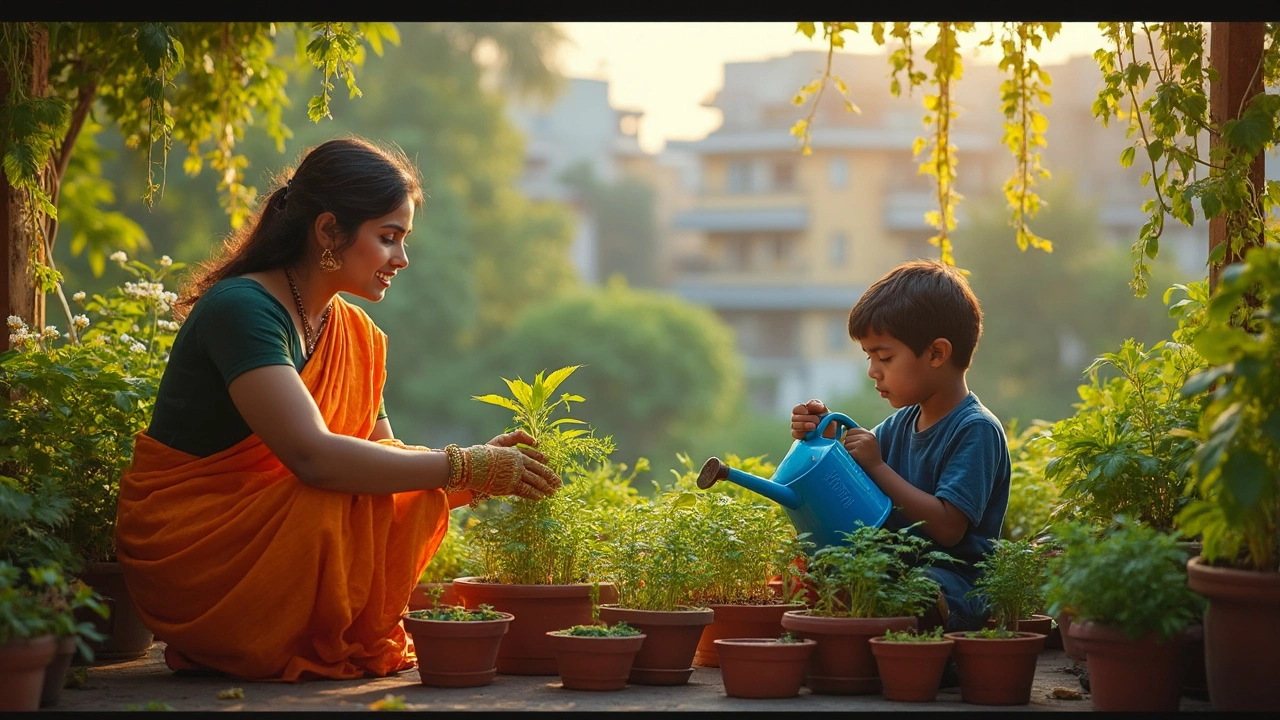This article breaks down the real work behind keeping a terrace garden healthy and good-looking. It covers cleaning, plant care, managing water and pests, and easy tricks to save your time. You’ll find practical tips to avoid common problems, plus simple checks to spot issues before they get bad. Whether your terrace is big or tiny, these steps will help you enjoy your space without endless chores. Regular maintenance is easier (and cheaper) than fixing a neglected mess.
Cleaning Tips for Gardens and Farm Tools: Practical Ways to Keep Things Running Smoothly
When you think of cleaning tips, practical routines that maintain the function and lifespan of gardening tools and growing environments. Also known as garden maintenance routines, it's not about making things look shiny—it's about keeping your plants healthy and your work easier. A clogged drip emitter isn't just annoying; it starves your tomatoes. A rusty trowel doesn't just look bad—it breaks when you need it most. And dirty pots? They harbor pests and diseases that spread fast in India's humid climate.
Garden tool maintenance, the regular care of hand tools, irrigation parts, and containers to prevent wear and contamination. Also known as tool hygiene, it’s the quiet hero behind every successful harvest. You don’t need fancy gear to do it right. A quick wipe with vinegar and water after use stops rust on trowels and pruners. For drip lines, flushing them with a mild bleach solution every few months clears out algae and mineral gunk—no expensive replacements needed. Even your balcony planters benefit: scrubbing them out between seasons stops mold from taking root and keeps roots breathing.
Soil tool care, keeping shovels, forks, and hoes clean to avoid spreading pathogens and maintain soil health. Also known as equipment sanitation, it’s often skipped—but it’s one of the simplest ways to prevent crop loss. If you’ve ever dug up a plant with a muddy spade and then used it in another bed, you’ve probably moved fungus or nematodes without knowing it. Rinse tools after each use, especially after working in wet or diseased soil. Let them air dry before storing. It takes two minutes. It saves you weeks of lost crops later.
And don’t forget balcony garden hygiene, the daily and seasonal practices that keep small-space growing areas clean, pest-free, and productive. Also known as container garden cleanliness, it’s the difference between thriving herbs and a moldy mess. Wet leaves stuck in pots? That’s a mosquito breeding ground. Old mulch piled up near walls? That’s where aphids hide. A quick sweep, a wipe-down of railings, and removing dead plant debris every week cuts pest problems by half. In India’s hot, wet seasons, this isn’t optional—it’s survival.
You won’t find cleaning tips in most gardening books because they assume you already know. But here’s the truth: most people don’t. They focus on watering, feeding, sunlight—and skip the boring stuff. That’s why so many gardens fail after the first season. It’s not the plant. It’s the tool. It’s the pot. It’s the clogged line. It’s the rusted blade. Clean it. Now. Not tomorrow. Not when it breaks.
Below, you’ll find real fixes from real gardeners in India—how to unblock a drip line that’s been gunked up for months, how to clean terracotta pots without damaging them, why vinegar beats chemical cleaners for garden tools, and how to tell when it’s time to toss a tool instead of fixing it. These aren’t theories. These are the steps people actually use to keep their harvests coming, season after season.
